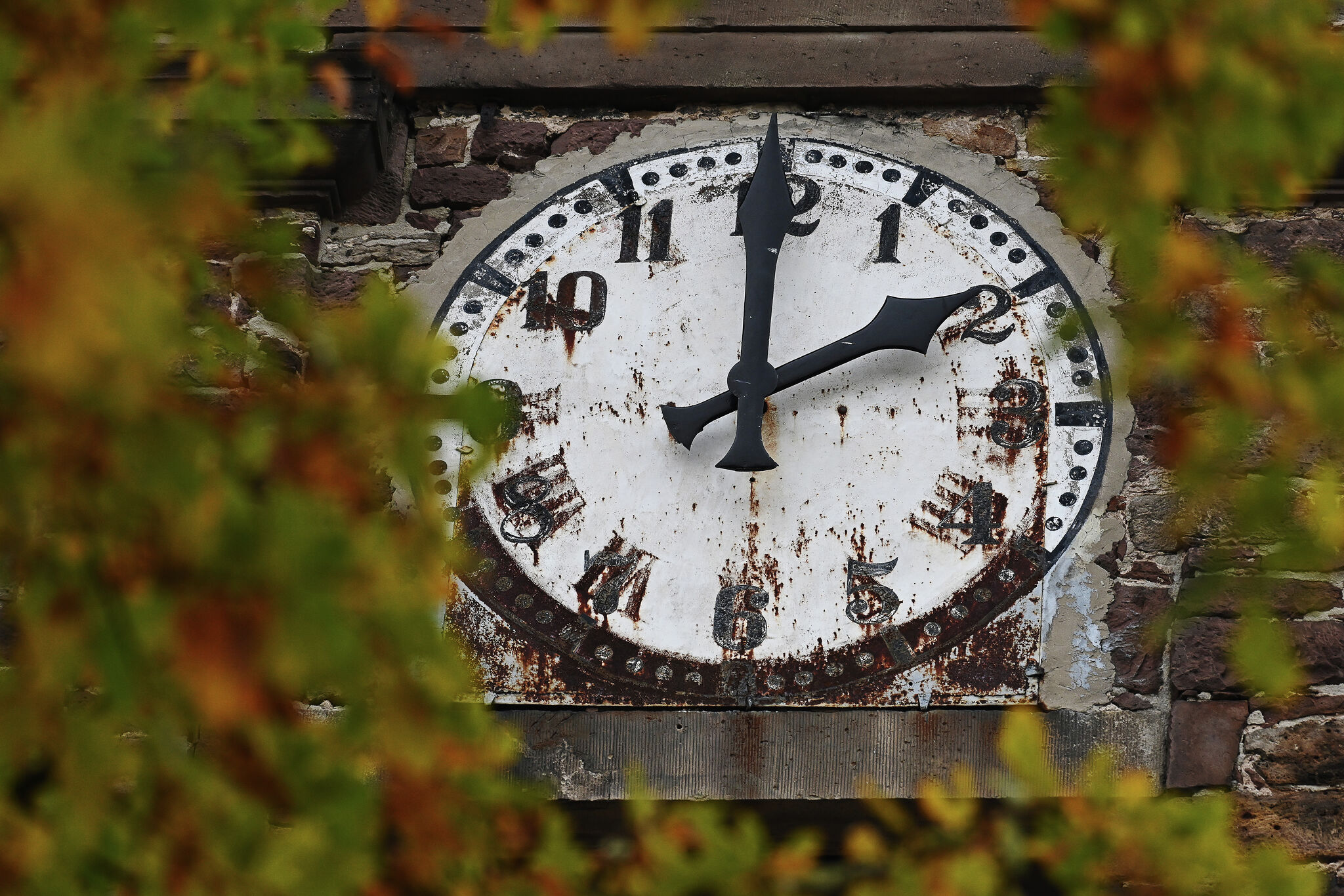As we approach the end of daylight saving time in the United States, the effects of the impending time change are already being felt, with evenings growing darker earlier in some regions. Despite increasing calls for a move to year-round daylight saving time, the biannual tradition of adjusting clocks remains in place across most of the country, with the upcoming switch on Sunday, Nov. 2, heralding a shift towards more morning daylight for millions of Americans.
While two states, Arizona and Hawaii, have opted to stick with permanent standard time, a notable 19 states have passed legislation that would transition them to year-round daylight saving time if granted the approval by Congress. With the conclusion of daylight saving time on Nov. 2 at 2 a.m. local time this year, it is crucial to be informed about the implications of this time change.
This year, the end of daylight saving time falls on Sunday, Nov. 2, a day earlier than the previous year. This date also marks one of the earliest possible opportunities for the time change. Next year, daylight saving time will commence on Sunday, March 8, 2026, extending the pattern of adjusting our clocks twice a year to maximize daylight hours.
Former President Donald Trump has shown conflicting stances regarding daylight saving time, initially advocating for its elimination due to perceived inconveniences and costs to the nation. However, he later acknowledged the complexities and divided opinions surrounding the matter, making it difficult to garner unified support for any specific approach.
Daylight saving time, observed between March and November, involves adjusting clocks forward by one hour to make use of longer daylight hours during the warmer months. As we prepare to "fall back" and set our clocks back by an hour on Nov. 2, residents in the majority of states that observe daylight saving time will receive an additional hour of sleep.
The origin of daylight saving time dates back to World War I, with the concept aimed at optimizing the utilization of natural daylight and resources. The practice has evolved over the years, with the U.S. formalizing its recognition of daylight saving time in 1918. Currently, the Energy Policy Act of 2005 dictates that daylight saving time begins on the second Sunday in March and ends on the first Sunday in November.
While most states, including Texas, adhere to daylight saving time, there have been ongoing debates and legislative efforts to transition towards year-round daylight saving time. Notably, the "Texas Time" bill, signed by Governor Greg Abbott, seeks to establish year-round daylight saving time in Texas pending federal approval. Supporters argue that this change would enhance consistency and productivity, while opponents raise concerns about health and safety implications.
As the discussion surrounding daylight saving time continues to evolve, individuals and lawmakers alike grapple with the complexities and implications of altering this long-standing tradition. Stay informed about the upcoming changes and the potential shifts in how we experience time and daylight hours in the future.
Fernando Cervantes Jr., a prominent news reporter for USA TODAY, closely monitors trending topics and developments related to daylight saving time and other societal issues. For fresh insights and updates on this matter and more, readers can follow Cervantes on various social media platforms.


